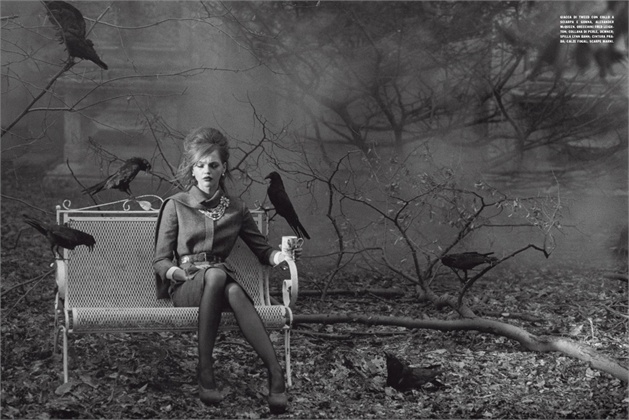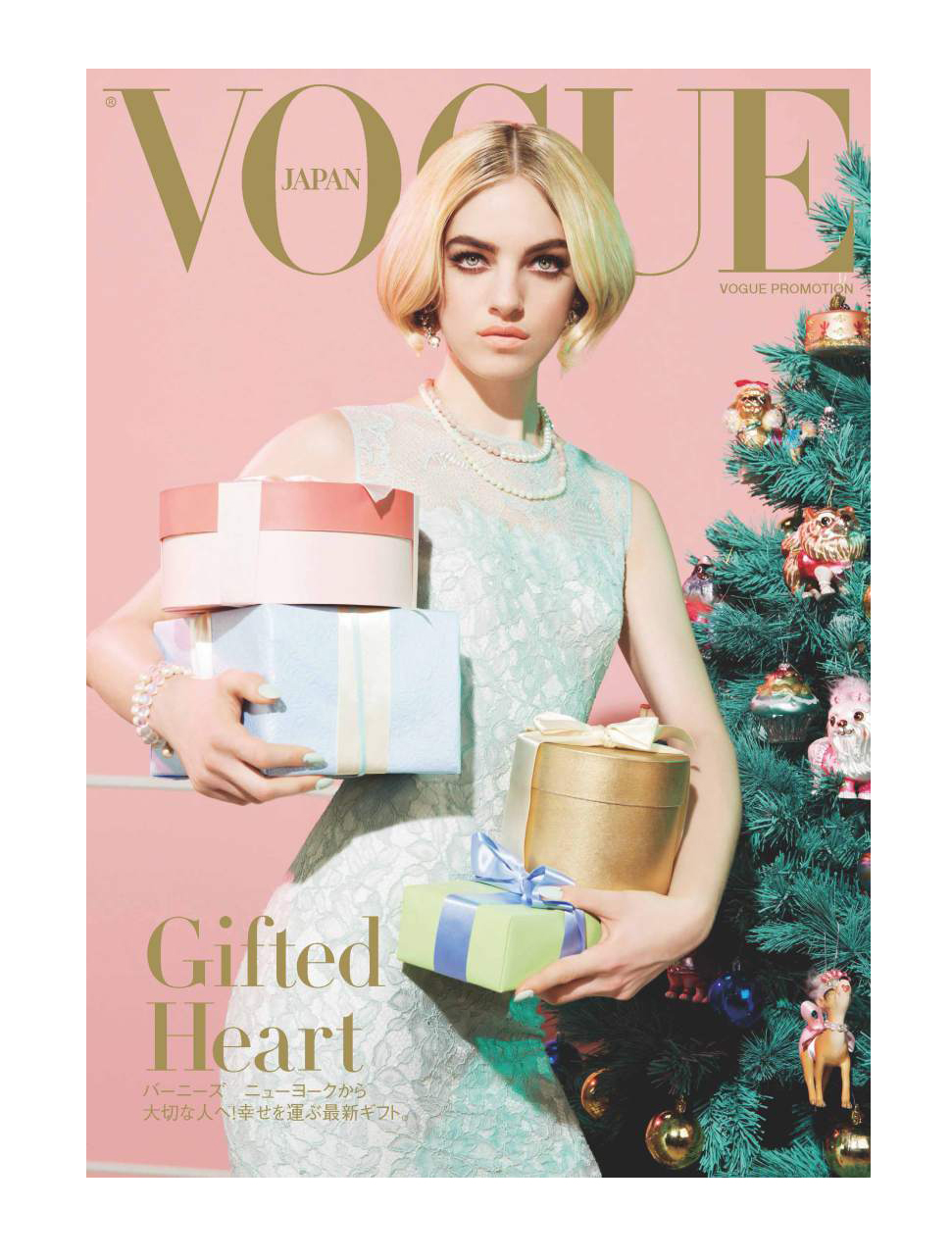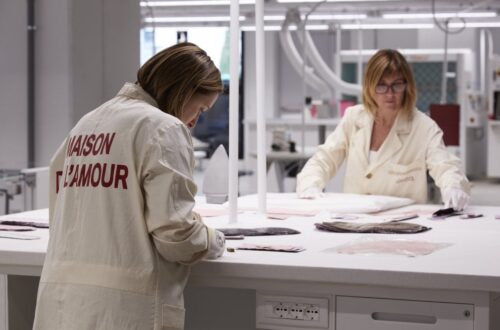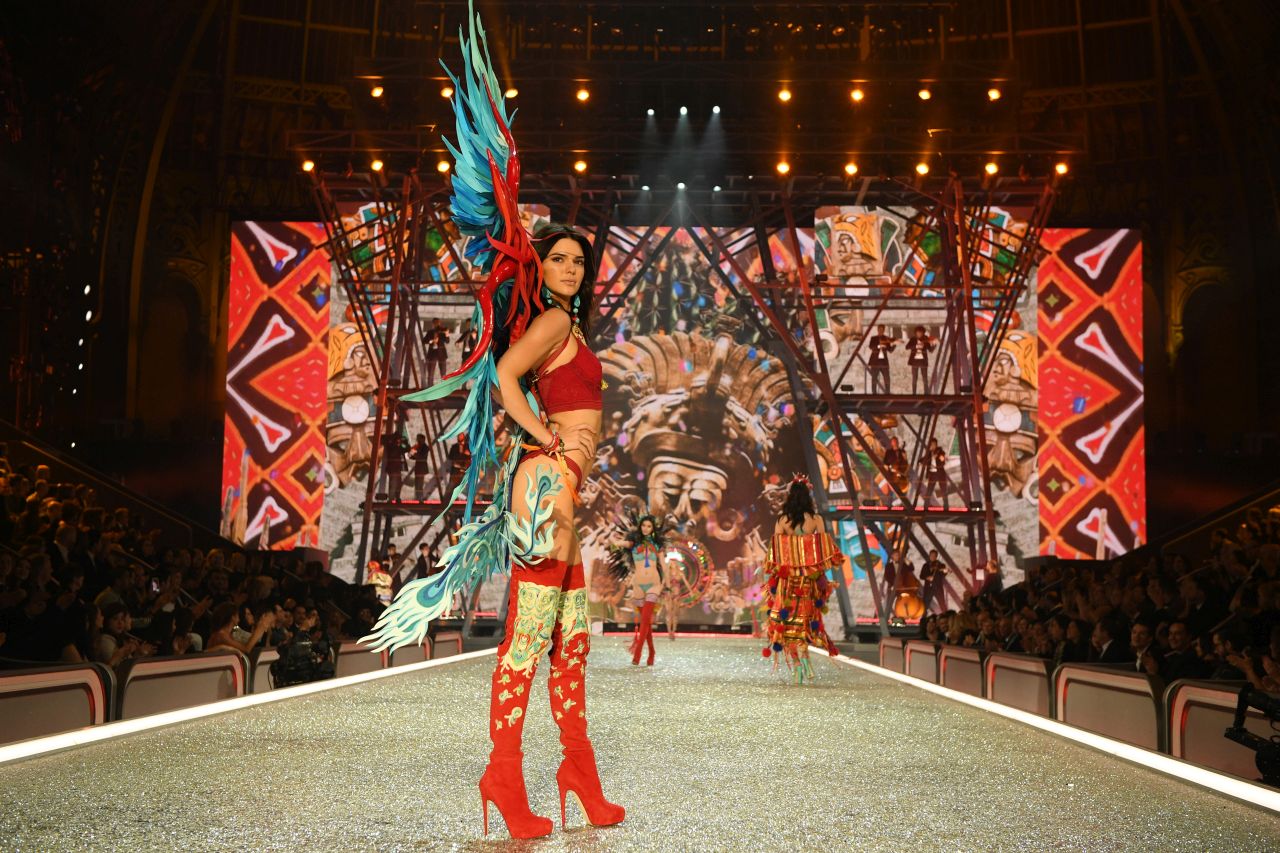Outside is dark.
Winter is knocking at the doors.
Fog is winding through the streets on the notes of “The Dark Side of the Moon”.

This is the week in which everyone wants to be a Goth. But how to? How can one actually pretend to be so, even for one night? And what does it mean? Is it still a contemporary style?
Everything started at the end of the Seventies, in the train of the Punk Era. Many of the so called Post-Punk music bands found the headquarter in the just opened Batcave nightclub in London, developing a social music movement and a new dress code characterising it. So, music was the driving force and, with style, the major means of expression of a feeling strongly concerning society. Through the way they look and dress, Goths want to condemn modern society to have brought life out of humanity, to have created the monsters that they represent resembling walking dead.

The main features denoting such dark fashion are black and crimson garments, and also blue, purple and white ones, corsets and bustier, combat boots and ankle boots, cloaks and studs, rigid lace-up pants, leather skirts, torn fishnet stockings, excessive make up and exaggerated hairstyles both for women and men. The main inspirations come from the Victorian, the Renaissance or the Medieval fashion. But there is a variety of shadows in the Gothic style, including also the Japanese Gothic Lolita and the Cybergoth. The first one is a real doll exaggerating the features of Victorian fashion, matching romantic gothic elements with Lolita ones. The second, combines gothic and technology, adding fluorescent details on dark surfaces.
The Gothic style has influenced many designers during the course of fashion history, someone occasionally and someone else constantly. Among the ones having a strong gothic connotation, it is possible to identify names such as Alexander McQueen, Yohji Yamamoto, Ann Demeulemeester and Givenchy.
Alexander McQueen’s style is characterised by a powerful gothic mark – probably deriving from the designer’s Londoners origins – able to bring on the catwalks the ghosts hunting the head of this suicide victim. He was famous for his theatrical and sculptural shows and for the need to break couture rules that provided him with the nickname of High Fashion Hooligan. Even in the collections realized by Sarah Burton, there’s always something dramatic and mysterious, capable of generating a feeling of ecstatic anxiety and suspense. In a supernatural atmosphere, lace and plumages flow on the catwalk, dressing pale and hieratic figures with a mixture of transparencies and plenty surfaces full of details.
Yohji Yamamoto combines avant-garde and tradition, mixing gothic elements with oversize and monochromatic ones deriving from the Japanese ‘80s anti-fashion. The main colour he uses is black, of course, which sometimes he emphasis with white and light and bright colours. The rips, the juxtaposition of light fabrics with coarse and thick ones derives from the horrors of the Second World War that hit the imagery of such an artist. In particular, his earliest collections were characterised by unisex accessories looking for the essential, identified with a post-war, post-atomic style.

Ann Demeulemeester is well known for her timeless, gothic-dark, rock, androgynous spotted with feminine details and transparencies, evanescent and candid creations. In her collections some constant features are black leather, bustier and black and white contrasts. The strong personality of the creations of the so called Queen of Antwerp derives from her purpose not to be a trend-setter but to allow people to communicate their inner being through the way they dress themselves.

Givenchy is another brand that shows dark influences, probably also because of the designers that realised its collections over the years, such as Alexander McQueen, John Galliano and Riccardo Tisci, the current Creative Director of the Maison. The catwalks always present a combination of elegance and feminine obscurity. A strong evidence of this is available looking at the 2015 Fall Ready-to-Wear show by Riccardo Tisci, named a goth since his very first couture collection for Givenchy in 2005, showing the dark side of Victorian fashion.

Many other designers have adopted typical gothic elements in their catwalks, such as Thierry Mugler, Rich Owens, Gareth Pugh, Philipp Plein, Hedi Slimane, John Richmond, Jean Paul Gaultier, Christian Lacroix, Raf Simons and Karl Lagerfeld. It was Kaiser Karl who, in fact, hosting the Soirée Moratoire Noir party in 1997, underlined that black tragic dress was absolutely required. And it was him again, the Kaiser of Fashion, who was able to give a gothic allure even to brands such as Fendi and Chanel.
As you have probably understood reading through this lines, gothic is still contemporary and many people are still attracted by the dark side of fashion. So, go out, walk trough the cold air, in the foggy streets, when the street lights are switched off and the dark night grabs you. Go out, and free the dozy monster that society has created in the depths of your soul, let it wake up and emerge, just for one night.
by Laura Gaudioso






